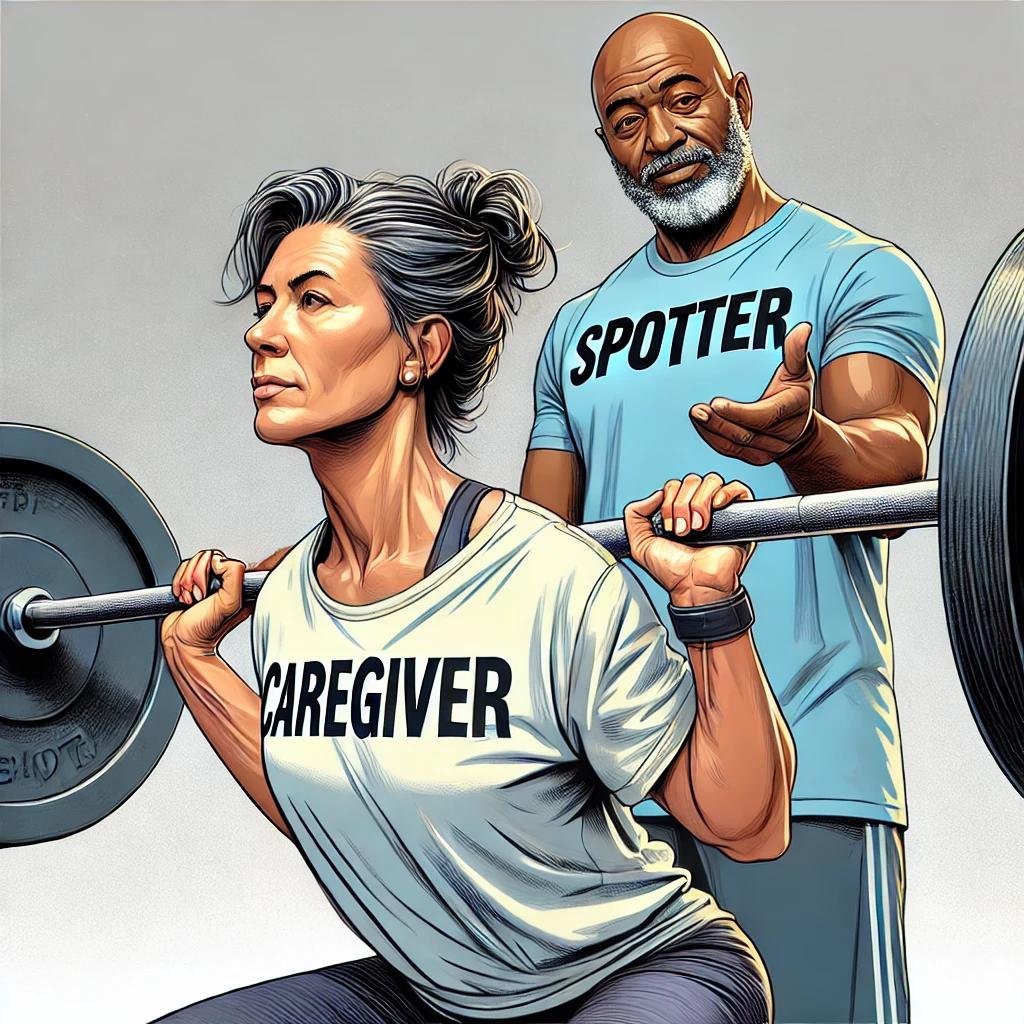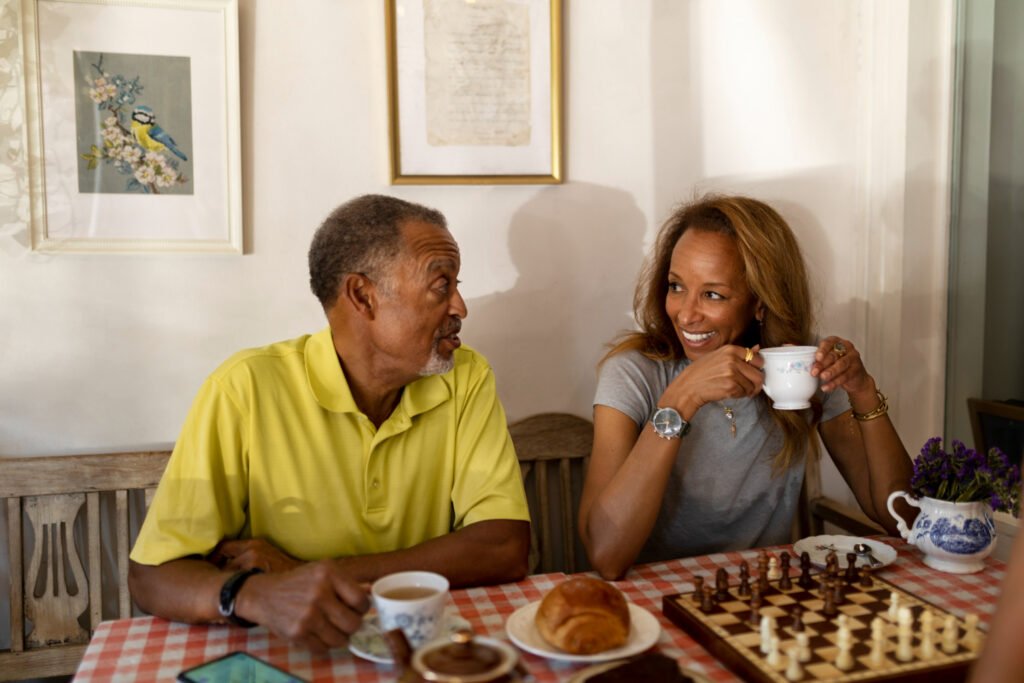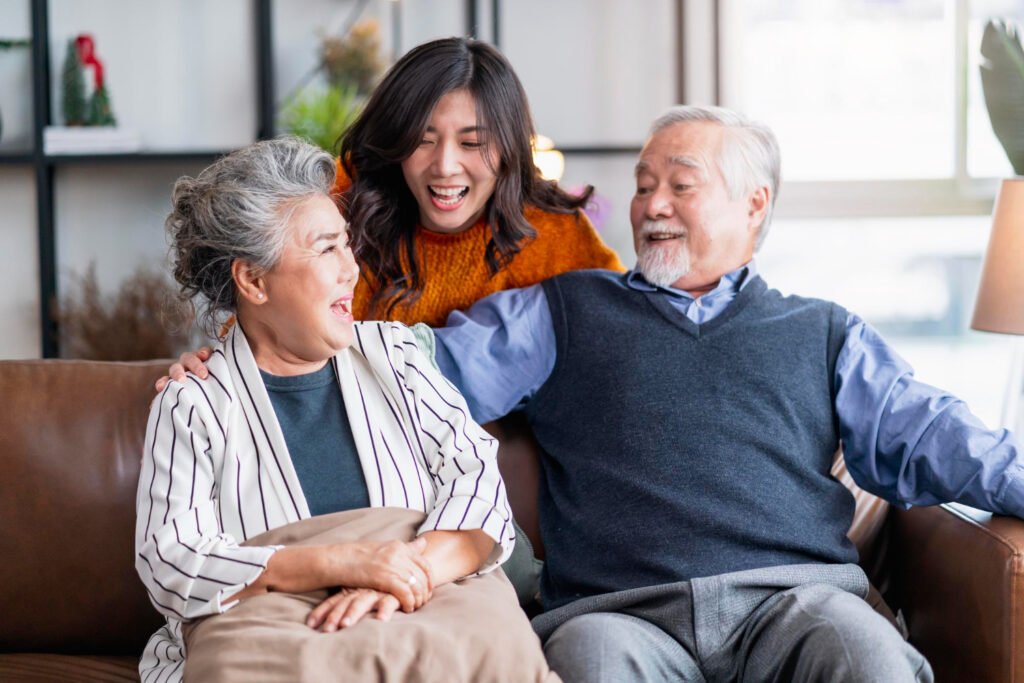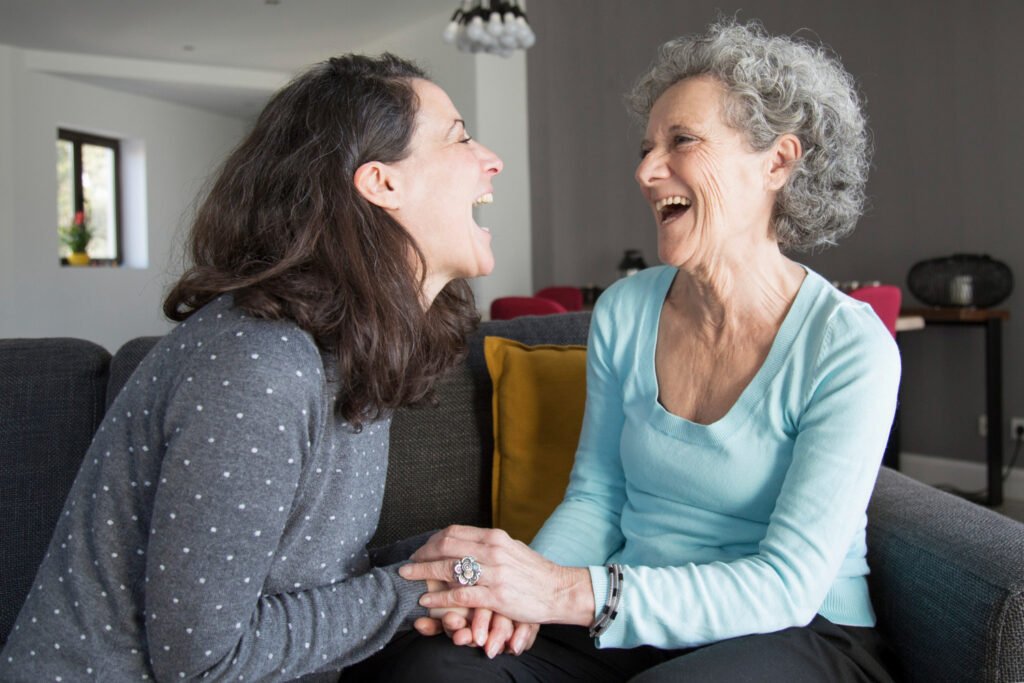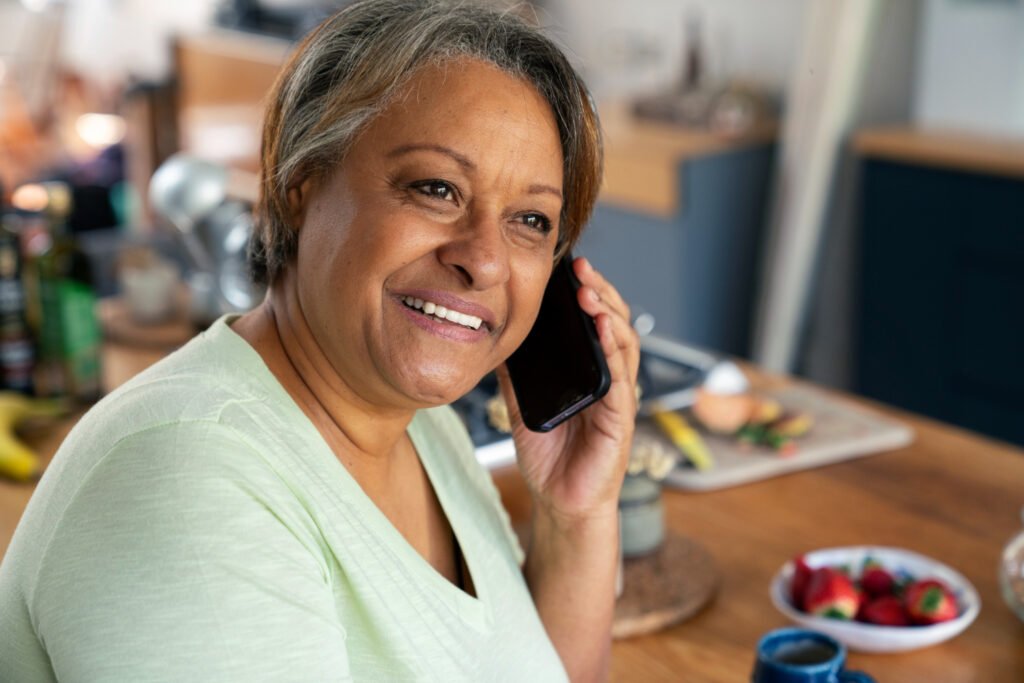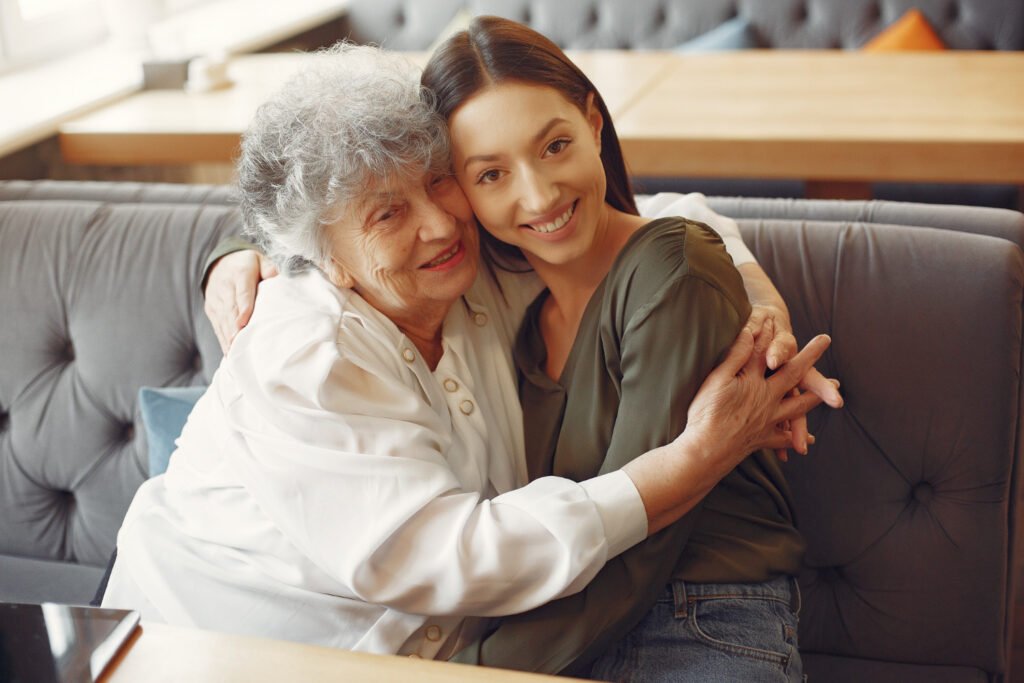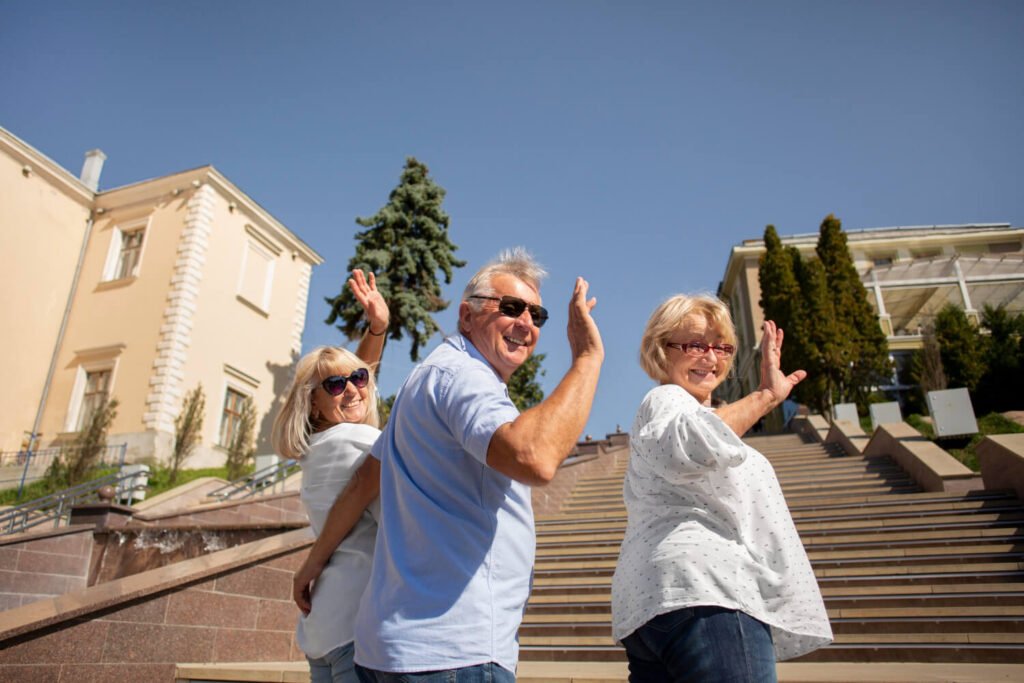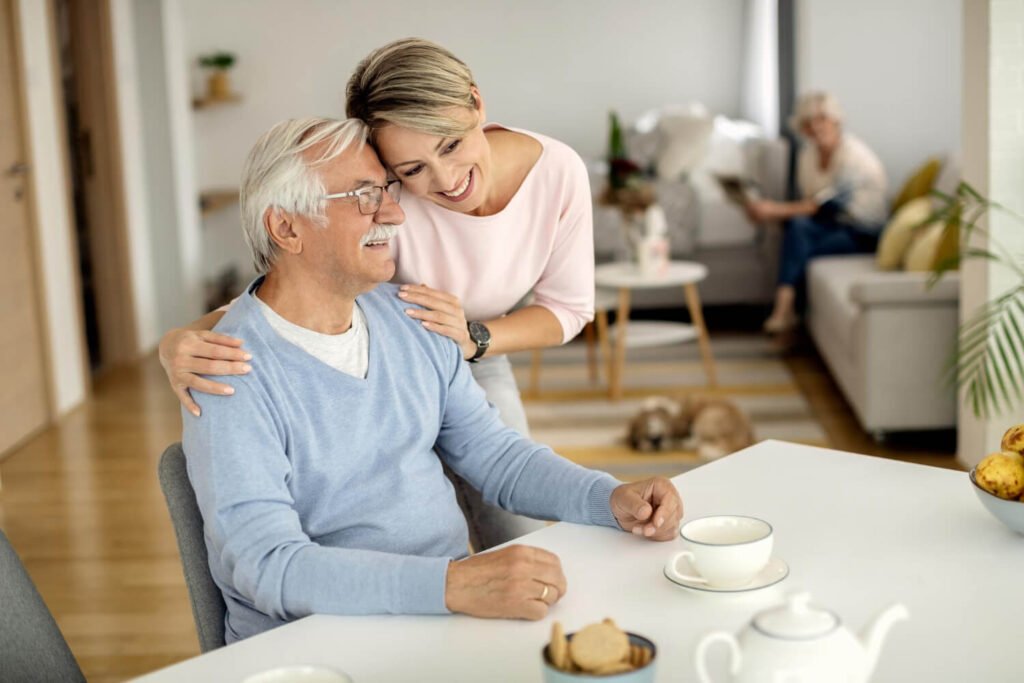Support for Family Caregivers at the Breaking Point: Rachel’s Story
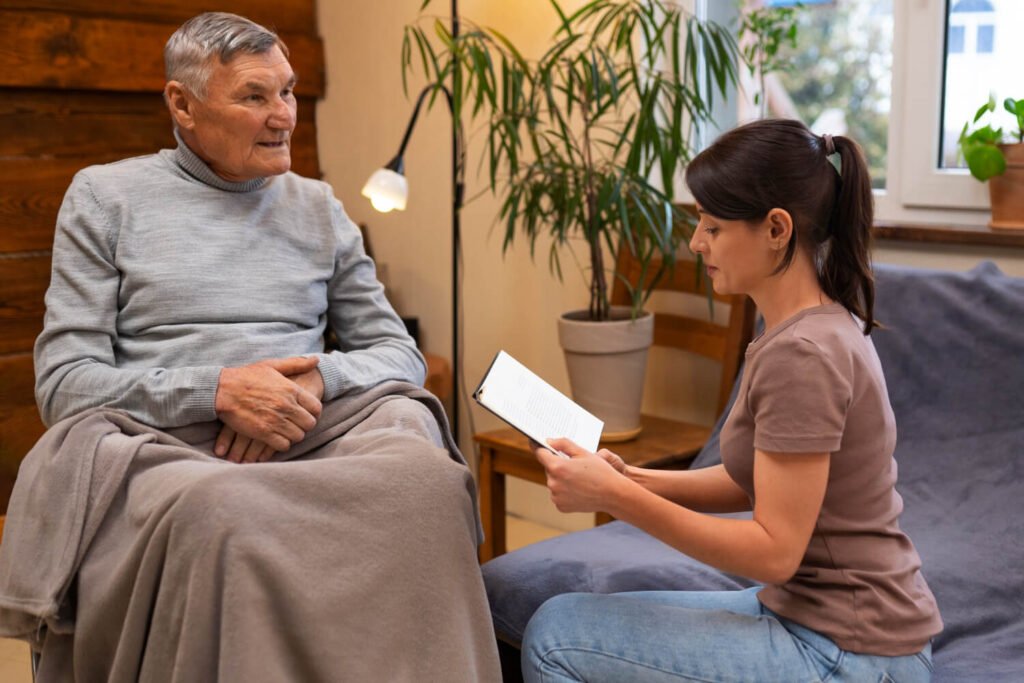
Every morning before sunrise, Rachel brews a pot of coffee and gently wakes her father, Frank. At 78 years old, Frank is still charming, but slowly fading into the fog of dementia. Once a school principal who never forgot a name, Frank now struggles to remember Rachel’s. She helps him bathe, eat and stay calm during his bouts of confusion.
Rachel does this all while raising two teens and working part-time from home.
One day, her dad wandered away from home and couldn’t find his way back. Rachel sat on the porch in tears. She realized that just her love for her dad wasn’t enough. She needed real tools, support and knowledge to carry on her caregiving without breaking.
Later that evening, she found a government website with step-by-step tips for caring for someone with dementia. She felt a wave of relief. For the first time in weeks, she slept through the night.
If you’re a caregiver like Rachel, ask yourself: Where do you turn for reliable, calming guidance when the stress feels too heavy?
Caregiver Resources Spotlight: National Institute on Aging
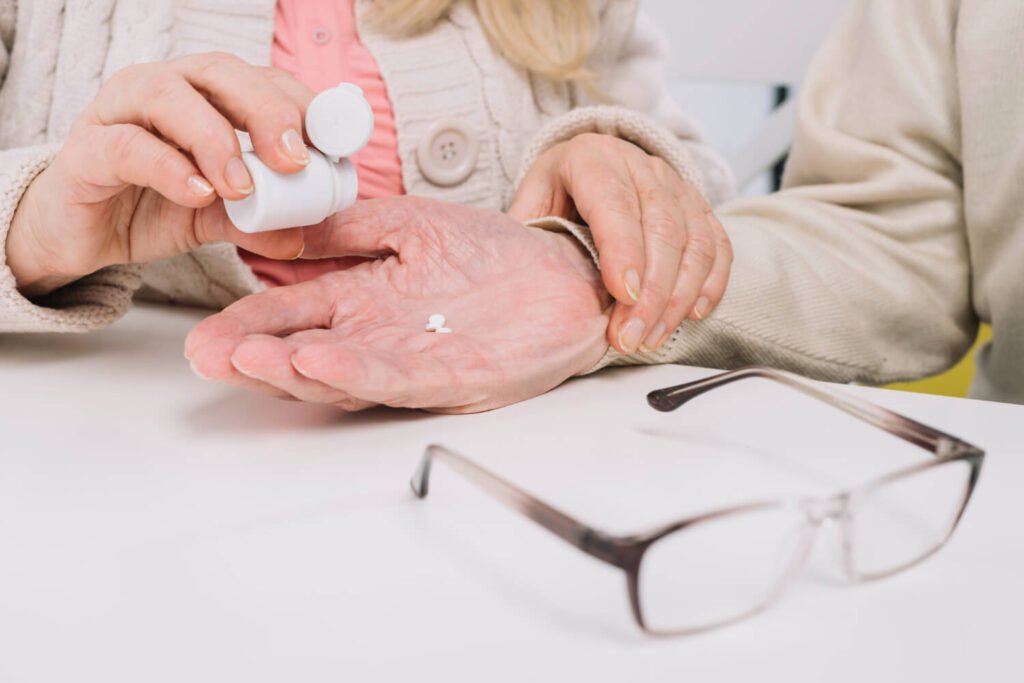
Caring for an aging loved one is a big job. Between doctor’s appointments, meals, medications and emotional support, it’s easy to feel overwhelmed and experience burnout. But you’re not alone. The National Institute on Aging, or NIA, offers trusted, free resources to guide and support caregivers like you.
Let’s look at five simple ways you can use the NIA website to ease your caregiver burden and keep helping your loved one age with dignity.
1. Get started with confidence.
Starting your caregiving journey can be confusing. The NIA’s Getting Started with Caregiving section is a great first step. It explains what caregiving is, what tasks may be involved and how to prepare yourself for the role.
You’ll find guidance on:
- What to expect when caring for a parent or spouse.
- How to manage medical appointments and medications.
- Setting up a care plan.
Using this page can help you build a strong foundation and feel more prepared.
2. Learn how to take care of yourself too.
Caregivers often forget to care for themselves. The NIA reminds us that your well-being matters too. Their self-care advice includes tips on managing stress, getting rest and staying connected with others.
They even offer a free Caregiver’s Handbook that addresses:
- Dealing with burnout.
- Asking for help.
- Sharing caregiving responsibilities with others.
Reading just one article could give you a new idea that lightens your load.
3. Explore health and aging topics.

Whether your loved one has diabetes, dementia or just needs help staying active, the NIA covers it all. Their AgePage fact sheets are short and easy to read. Topics include:
- Alzheimer’s disease
- Falls and safety at home
- Planning for future care
There’s also a special section on healthy aging, which encourages:
- Exercise and movement
- Healthy eating
- Staying social and independent
You can print or bookmark the pages you need. Most are available in Spanish too.
4. Find help for Alzheimer’s and memory loss.
If your loved one has Alzheimer’s or another memory condition, check out the NIA’s Alzheimer’s Disease Education and Referral, or ADEAR, Center. It offers reliable answers to your hardest questions.
You can:
- Read guides on how to manage behavior and safety.
- Learn what to expect in each stage of dementia.
- Call or email their support team for help.
This resource is a must for caregivers navigating memory loss.
5. Order free NIA publications for home delivery.
Many of the NIA’s helpful online guides are also available to order in print — for free! You can order booklets, tip sheets and DVDs to keep on hand or share with others. They even offer materials in Spanish and formats that are easy for older adults to read .
To order, you can call 1-800-222-2225 or visit https://order.nia.nih.gov/.
You’re not alone in this journey.

The NIA is a trusted partner for caregivers. From beginner tips to disease-specific help, they offer real support backed by science and heart. And it’s all free.
Let the NIA lighten your caregiving load — one resource at a time.
National Institute on Aging Resources FAQ
1. What is the National Institute on Aging, NIA?
It’s a government agency that shares research and resources on aging and caregiving. Their website is full of free tools for families.
2. How do I start caregiving for a loved one?
Start by reading the NIA’s “Getting Started with Caregiving” section to understand the basics and create a care plan.
3. Does the NIA website offer help for caregivers dealing with Alzheimer’s?
Yes. The NIA’s ADEAR Center offers advice, guides and direct support for Alzheimer’s caregivers.
4. Can I get printed materials from the NIA?
Yes. You can order booklets and tip sheets online or by phone, and they ship for free in the U.S.
5. Are these resources available in Spanish?
Many are available in Spanish. To explore Spanish-language materials, just visit www.nia.nih.gov/espanol.
